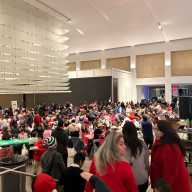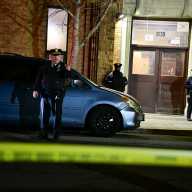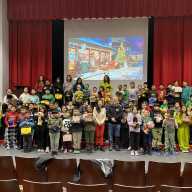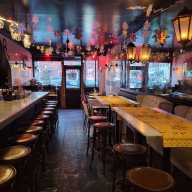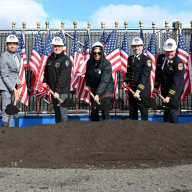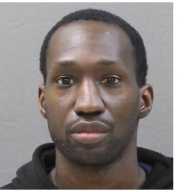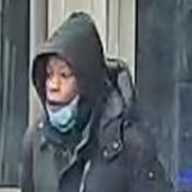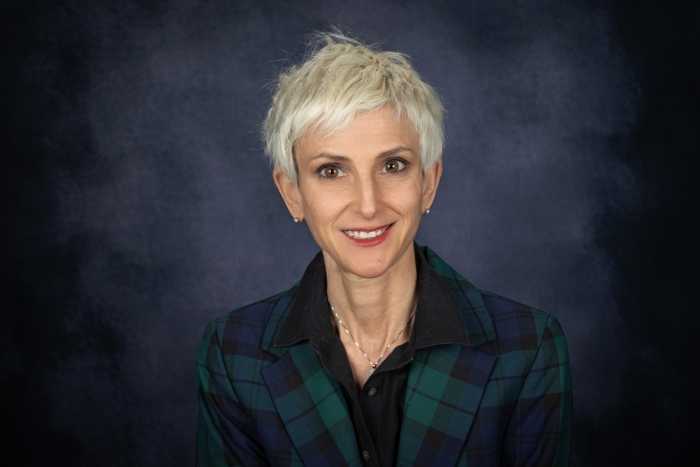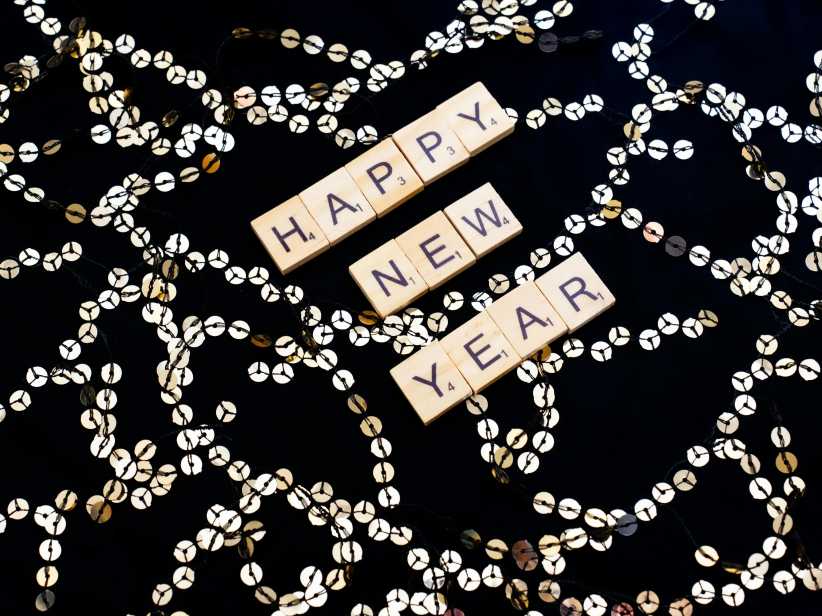The Asian American Federation recently analyzed the 2010 Census population counts of Asian ethnic communities in New York City released by the Census Bureau.
The census was done on account of the single race definition of Asian and the New York City Department of City Planning’s Neighborhood Tabulation Areas (NTAs) were adopted as the definition for neighborhood lines.
According to the 2010 census, the four largest Asian communities in New York City are the Chinese, Indian, Korean and Filipino communities.
The Chinese community makes up 47 percent of the Asian community in the city and for the first time ever the Chinese community in Flushing exceeds that of Chinatown in Manhattan.
South Ozone Park and Richmond Hill NTAs are home to 15 percent of Indian New Yorkers, a fourth of Koreans were found in Murray Hill, Flushing and Bayside-Bayside Hills NTAs, and the largest Filipino communities were found in Woodside and Elmhurst making up 13 percent of the Filipino population.
The Asian American Federation is a non-profit leadership organization whose goal is to “advance the civic voice and well being of Asian Americans.”
“Our member agencies provide health and human services,” said Howard Shih, the Asian American Federation’s census programs director.
The organization deals with financial issues in the community, fundraising and organizational planning to help members increase effectiveness and improve business management. It also has access to resources such as grants, training opportunities, volunteer consultants and donated computer equipment.
The Japanese community had the lowest growth rate among the 20 Asian communities observed with a rate of 7 percent.
In pervious censuses, the Bhutanese, Burmese and Nepalese communities were tabbed as “other Asians” because they did not meet the “national population thresholds.” Since immigration from these three countries increased this past decade and they now meet the “national population thresholds”, the Asian American Federation advocated for their inclusion as separate data products for the 2010 census.
Many Bhutanese, Burmese and Nepalese live in Queens’s neighborhoods such as Elmhurst and Hunters Point- Sunnyside- West Maspeth NTAs.
The smallest Asian communities were the Laotian community with a count of 440 individuals and the Hmong community with a count of 59 individuals.
Other Asian communities included in the 2010 census were Bangladeshis, Pakistanis, Vietnamese, Taiwanese, Indonesians and Sri Lankan, Thai, Malaysians and Cambodians; many of which live in Queens.
The “other Asian” category was at a count of 602 individuals.
Shih said this census is vital “for our member agencies. It is important to know how many individuals they need to serve.”
He continued by saying that the census also helps the city as a whole.
“Hospitals need to keep track; they need to know the language needs of their staff. [Also,] businesses need to know which kind of cliental they will serve.”
Shih explained it is important to know and pay attention to which cultures are rising.







